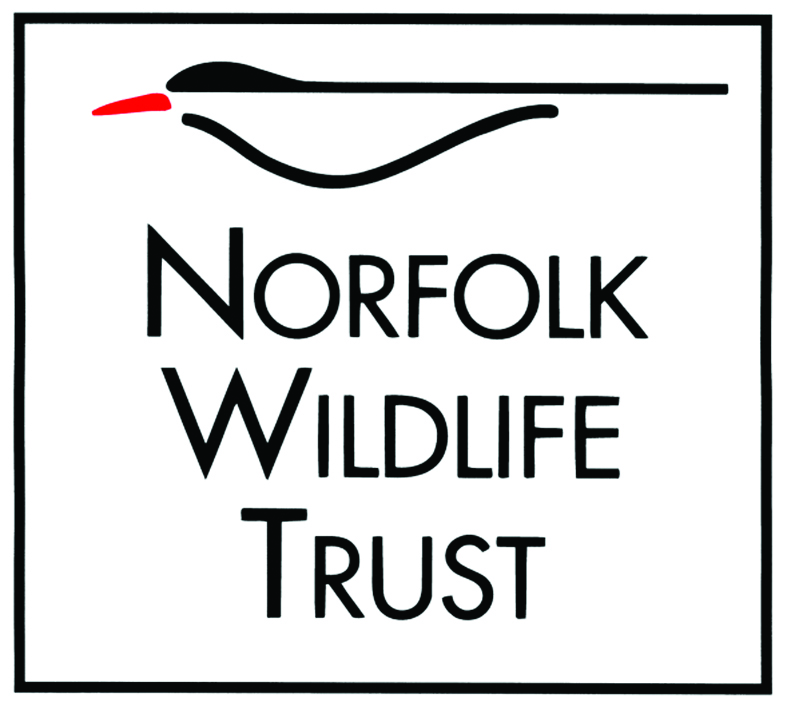Search
Search
We're welcoming new Dartmoor ponies to our conservation team
15 Dartmoor ponies arrive in Norfolk this week, ready for their new role as conservation grazing animals on Norfolk Heathland.
Common glasswort
Sometimes called 'Marsh samphire', wild common glasswort is often gathered and eaten. It grows on saltmarshes and beaches, sometimes forming big, green, fleshy carpets.
Roydon Common and Tony Hallatt Memorial Reserve
An absolute jewel of a nature reserve with a rich mosaic of habitats and an astounding array of wildlife. Roydon Common is an inspiring and beautiful place to spend the day all year round.
Common cotton-grass
The fluffy, white heads of common cotton-grass dot our brown, boggy moors and heaths as if a giant bag of cotton wool balls has been thrown across the landscape!
Common hawthorn
In May, our hedgerows burst into life as common hawthorn erupts with creamy-white blossom, colouring the landscape and giving this thorny shrub its other name of 'May-tree'.
Common milkwort
The dark-blue flowers of Common milkwort pepper our grasslands from May to September. It can also appear in pink and white forms.
Common restharrow
Look for the small, pink, pea-shaped flowers of Common restharrow on chalk and limestone grasslands, and in coastal areas, during summer.
Common chickweed
Look for the small, white, star-shaped flowers of Common chickweed all year-round. Sometimes considered a 'weed', it is still a valuable food source for insects.
Common osier
The Common osier is a small willow tree that is found in fens and ditches, and on riverbanks. It has been widely cultivated and coppiced for its twigs, which are used in traditional basket-making…
Common skate
Despite its name, the "common" skate is not so common anymore. In fact, they are Critically Endangered.
Common seal
The smaller of our two UK seal species, common seals are also known as harbour seals. Despite being called "Common", they are actually less common than grey seals!
